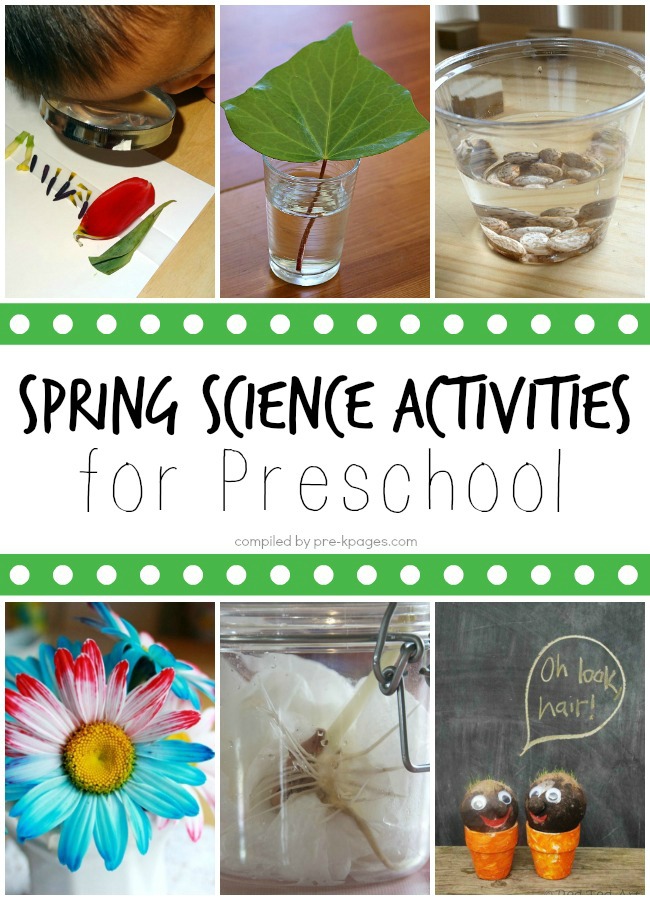
Science Activities For Preschoolers
Rock candy consists of colored and flavored. Sugar crystals are terrific crystals for young kids to grow because they are edible. The two considerations for this project are that the water has to be boiled to dissolve the sugar. That part should be completed by adults.
Also, rock candy takes a few days to, so it is not an instant project. In a way, this is more fun for kids, since each morning they can get up and monitor the progress of the crystals.
Novecento wide bold. They can break off and eat any rock candy growing on the surface of the liquid.

What kid doesn't want to explode something, right? Summer is perfect for these messy science activities because you can get outside and bubble or fizz away. Preschool Science Activities and Experiments. Projects can include simple demonstrations, craft projects like building a tin can telephone, and other science projects like sorting and categorizing things found in nature. For more in depth science projects, take a look at the Science Fair Project Ideas section of the site!
It is rightly said that there's no age for education, and this applies to humans, right from a very young age. Preschoolers or toddlers from the age group of 2 to 5 years are in a very crucial period. This is the best time when they are most inquisitive and curious about many things. They want to know everything that is happening around them like what are the different types of colors, tastes, smells, animals, plants, etc. Hence, with the help of simple projects and activities, we can start to make your kids more intelligent right since their first few years.
This basic idea can be explained with the help of your hand-drawn or home-painted charts. Make a chart by drawing simple tree diagrams in a succession one after the another, which shows the various stages of growth of a tree. Moreover, your kid will also understand the various parts of a plant, along with their growing stages. You can explain it in the following manner: • The seed is planted in the soil and is provided with water. • It forms a shoot that grows steadily and forms the stem. • Branches and leaves sprout from the trees that also grow in size.
• As the tree grows, the length of the roots also increases beneath the ground surface. • Flowers are produced during specific times, which further form the fruits. • Plant seeds are present inside the fruits, which can again be planted in the soil. Choose simple animals like a monkey, lion, grasshopper, ant, eagle, owl, etc., for the above-mentioned categories.
You can also use ready-made stencils for this job, as drawing outlines especially of insects and birds are quite difficult. For a single animal, you can draw the main activities that it does in a day. For this to be represented on a chart, you should decide on the type and number of activities to be shown. Let's say, the daily life of a lion is chosen. Draw six outlines of a lioness that is performing varying actions like eating, drinking water from a pond, preying on an animal, protecting the cubs, roaring, running or sprinting, etc. Draw simple sketches of these ideas on the chart paper, and patiently explain all the relevant activities to the kids. Some activities that consist of making crafts of plants and animals can also be undertaken.